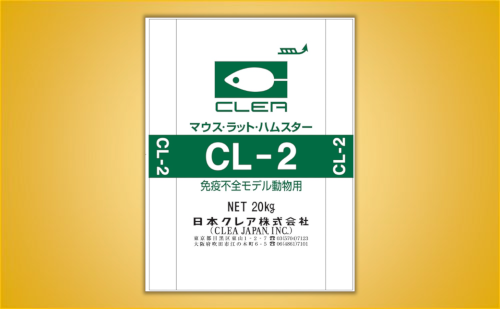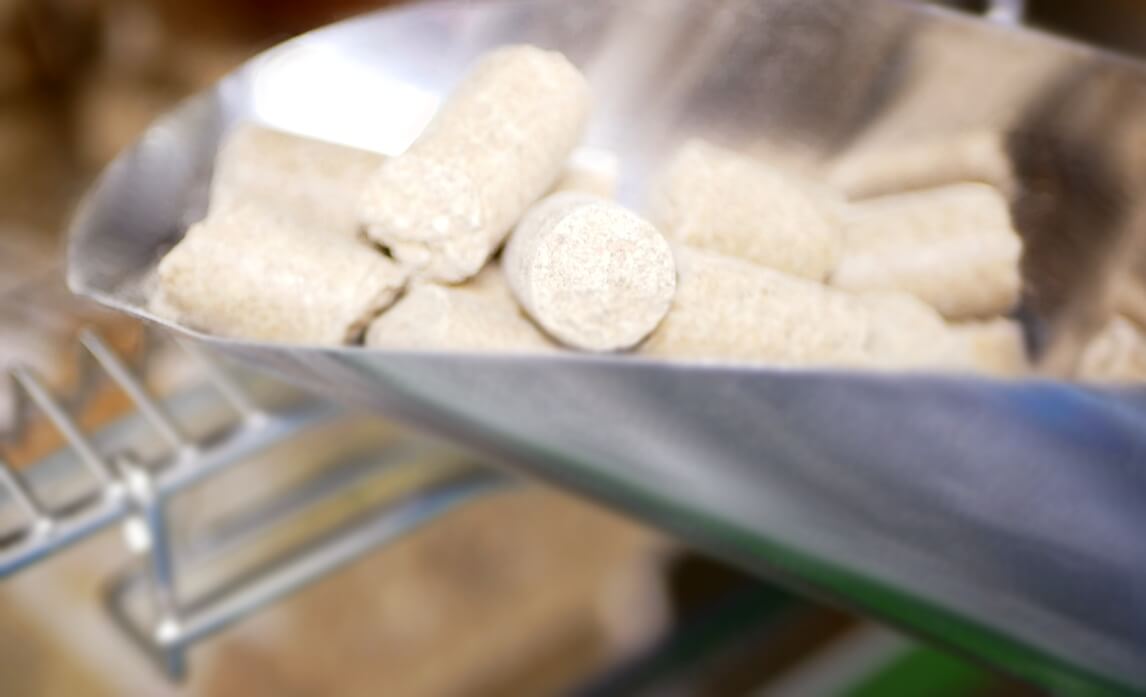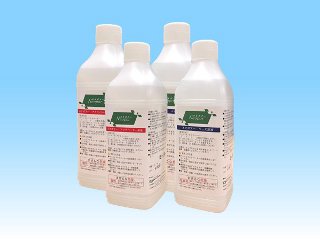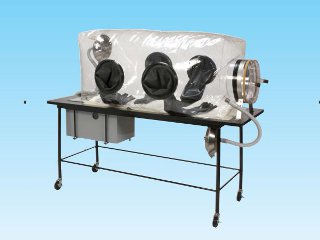Germ Free Animals[Gf]
Animals/Other Disease Models and Germ-Free Animals/
![Germ Free Animals[Gf]](/dcms_media/image/30300_Germ_Free_Animals[Gf].jpg)
MCH (ICR)/Jcl [Gf]
C57BL/6NJcl [Gf]
BALB/cAJcl [Gf]
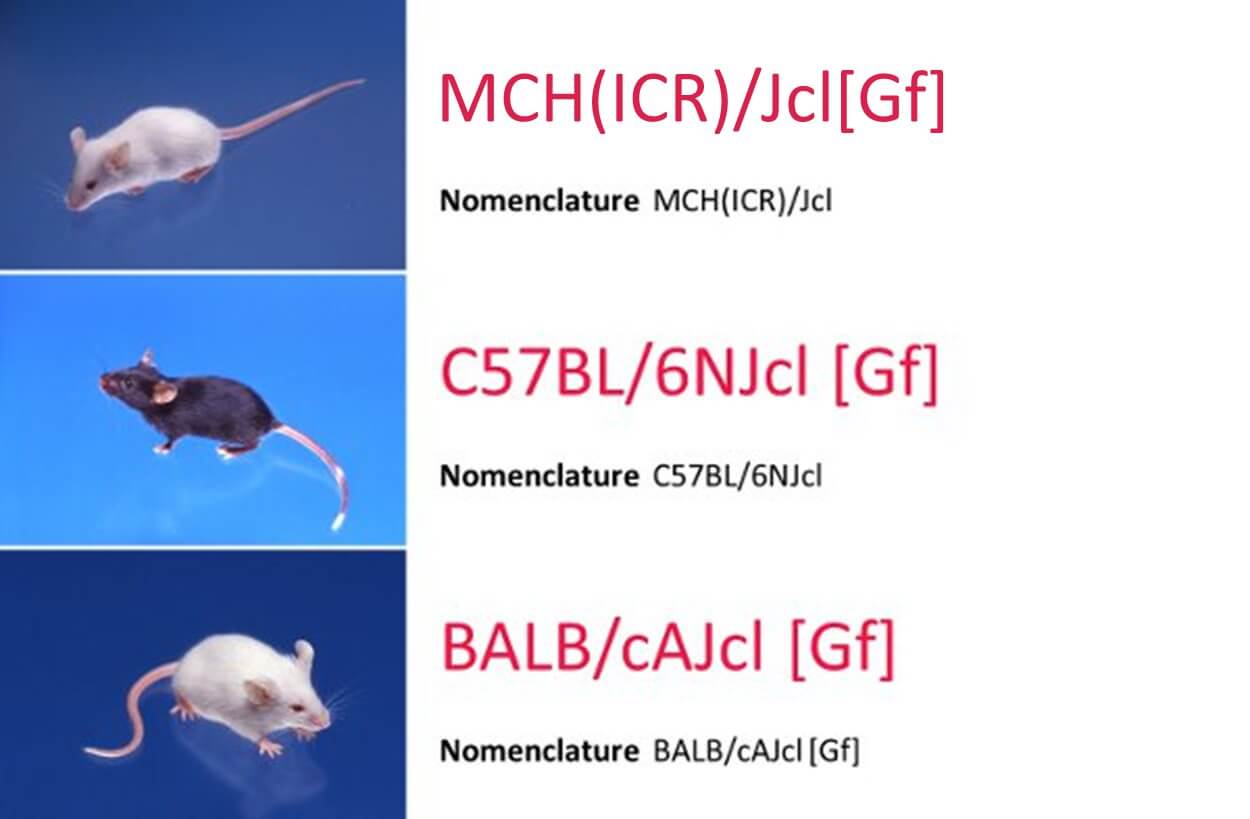
Origin
There are 2 cases of relationship between human and microorganism. One is oppose such as out breaking diseases and another is coexistence such as contributing its health like improving immunities, digestion, absorption, and metabolic function by enteric bacteria. On the other hand, opportunistic infections may be happened due to the aberrant growth of the part of its intestinal flora. Because of the facts like these above, germ free and gnotobiote animals has a precious role for the relationship in-vivo study between intestinal flora and immunology, phytotoxicity, and microbial infection. CLEA Japan was consigned by Research Development Corp. of Japan in 1969 and certified the notobiote animal breeding and production management technic by Central Institute for Experimental Medicine and Life Science. This technic has been used for the microbiological cleaning of mice and rats, breeding nude and Scid mice, MCH mouse foundation colony keeping, and breeding device development such as isolators.
Germ Free Animal data

C57BL/6NJcl[Gf] Blood data
Compare with SPF animals:
*The red part is the results showing the statistical significance between same sex and week of age.
The 66th Annual Meeting of Japanese Association for Laboratory Animal Science May 15 to 17, 2019
▽Click here for the PDF poster (This PDF poster is Japanese only)▽
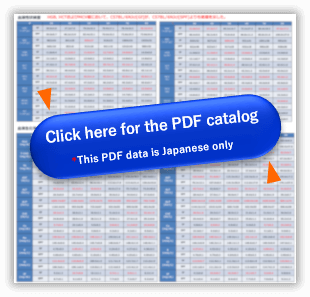
C57BL/6NJcl[Gf] Organ weight data analysis
Compare with SPF animals:
*The red part is the results showing the statistical significance between same sex and week of age.
The 66th Annual Meeting of Japanese Association for Laboratory Animal Science May 15 to 17, 2019
▽Click here for the PDF poster (This PDF poster is Japanese only)▽
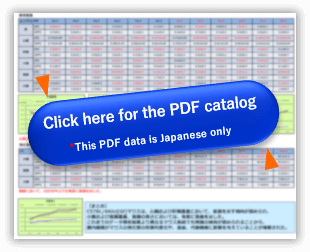
Our Contract Research Services related with This Animal
For details on our contract research services, including cryopreserved embryos, contracted testing, and the provision of research materials such as blood and organs, please click here .

